The peculiar grace of a Shaker chair is due to the fact that it was made by someone capable of believing that an angel might come and sit on it. — Thomas Merton

“The artist had seven colors: blue, white, ochre, hematite (dark red), hematite mixed with calcium carbonate (lighter red), and two grades of charcoal black.
“What could anyone accomplish with such a primitive tool? These crummy colors would embarrass any self-respecting kindergarten class today.
“These artists lacked what we would consider the most fundamental tools necessary for making a decent picture– for example, electric light for painting the walls of a dark, underground tomb– yet they created works of astonishing beauty that still give us chills thousands of years later:
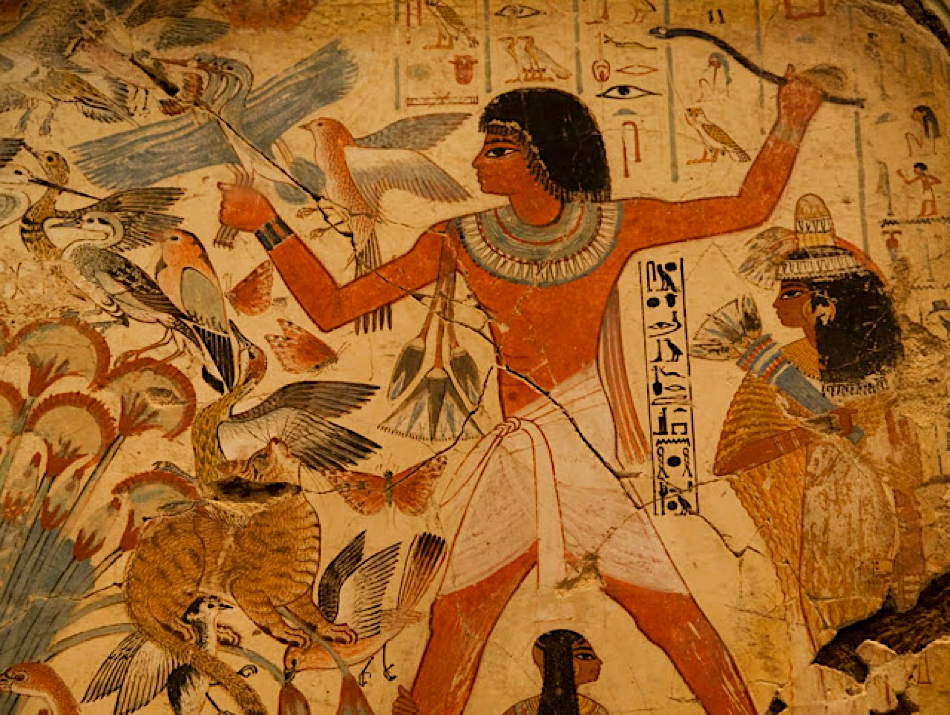
“How many works of art created in this century will evoke a similar response in 3,000 years?
“The first two lessons from the tiny paint box are obvious:
“1.) Art does not “progress” the way other human enterprises do; an ancient drawing on a prehistoric cave wall or a painting on an Egyptian sarcophagus may be even more beautiful and sensitive than a work of art created yesterday.
“2.) Fancy and expensive tools don’t necessarily result in a better work of art; a drawing scratched on a prison wall with a bed spring may be artistically superior to the latest Pixar high tech multi-million dollar extravaganza.
“3.) the power latent in a tiny paint box can be unleashed in part by the beliefs of the painter.
“In an age of faith, when true believers devote their talents to honoring their gods (or their pharaohs, or their one true love) that higher purpose sometimes seems to imbue their art with larger and more important qualities. Today’s artists who are motivated by the press reviews of their next gallery openings or their copyright contract or their royalty fees may produce brilliant, complex material, often dazzling in its presentation, often clever or snarky in its tone. But that work often seems thinner and more transitory than the work of artists who, working with the humblest tools, are motivated by fear and dread of their gods…
“…or by the soul flying from our body at the hour of our fate.

More at Painting for the Angels


![That Was the Whopper Weekend That Was [Illustrated] welcometohell](https://americandigest.org/wp/wp-content/uploads/2021/05/welcometohell-150x150.jpg)






 Gerard Van der Leun
Gerard Van der Leun












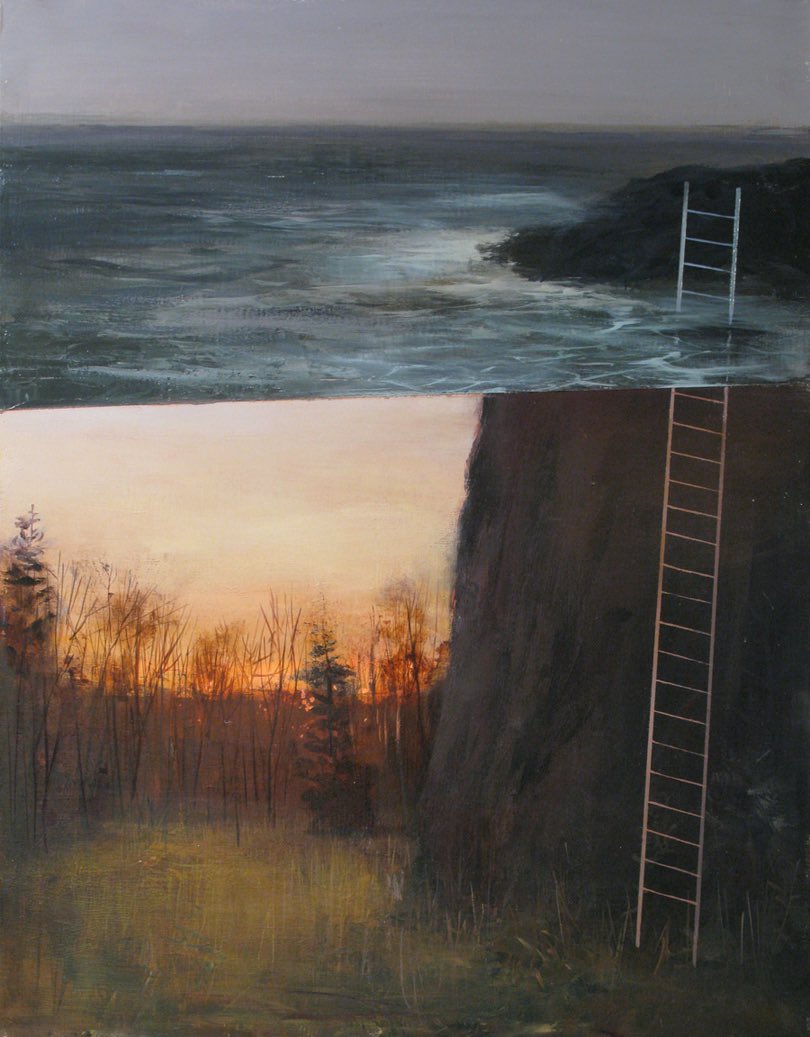

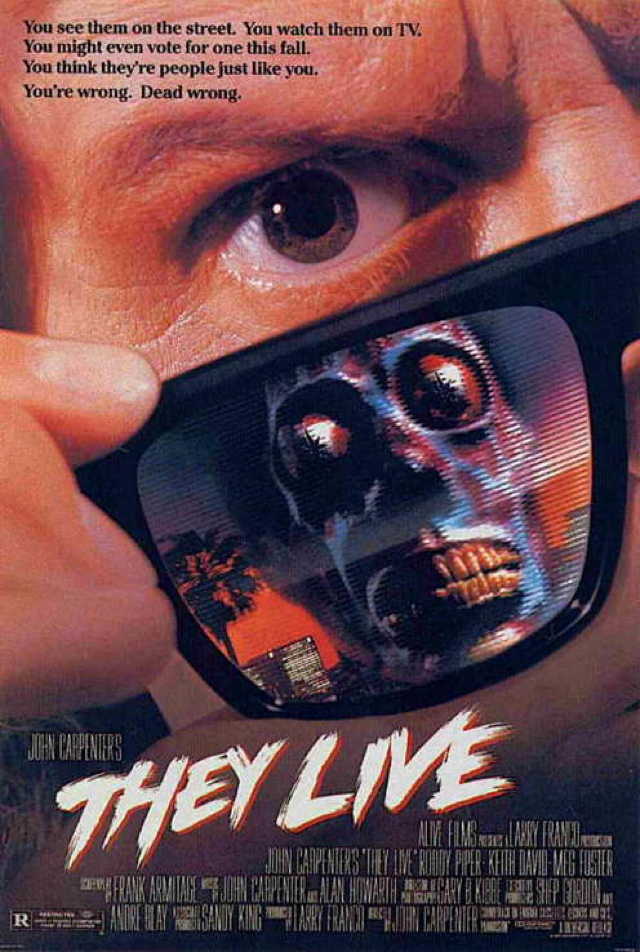
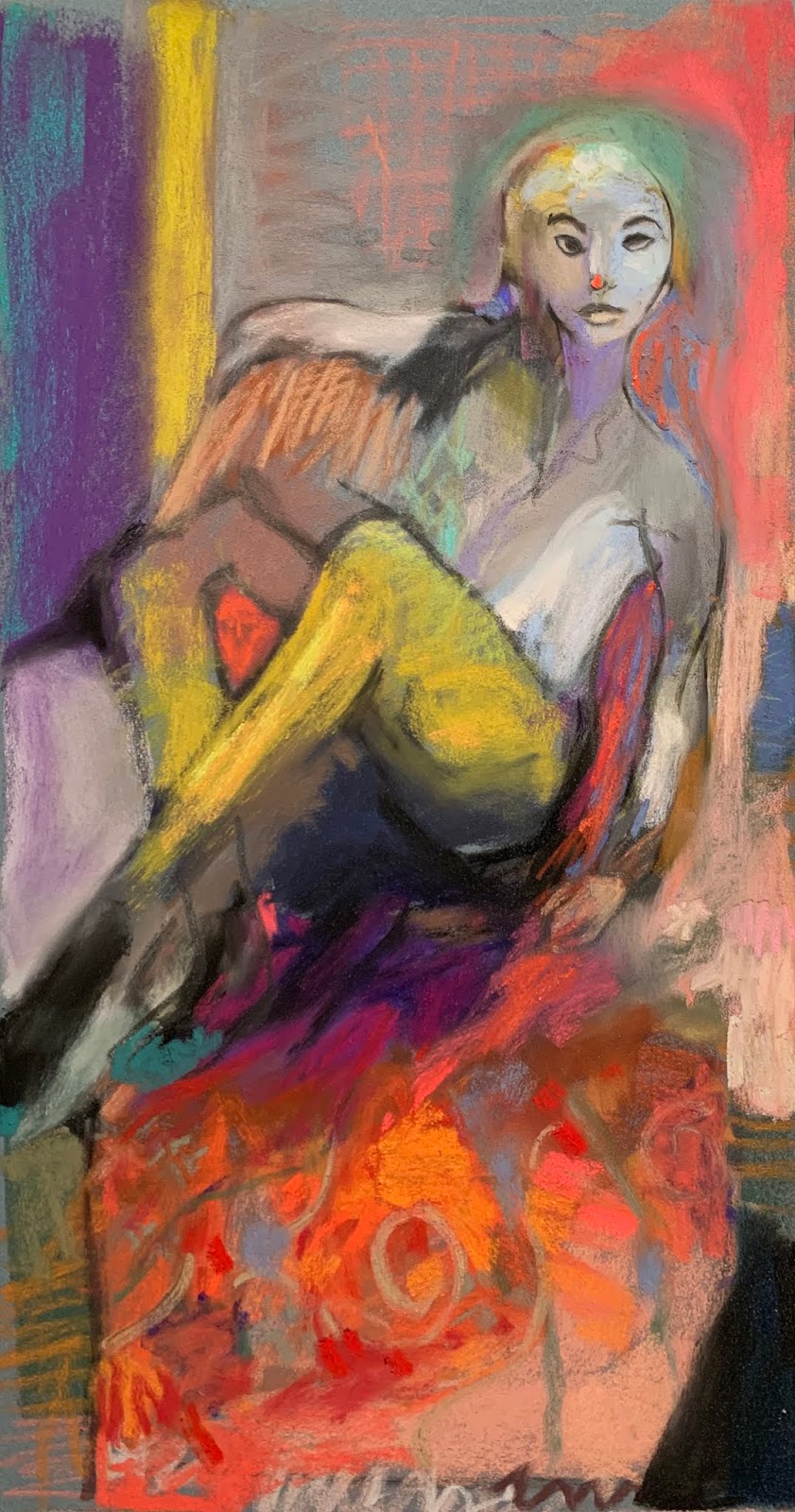
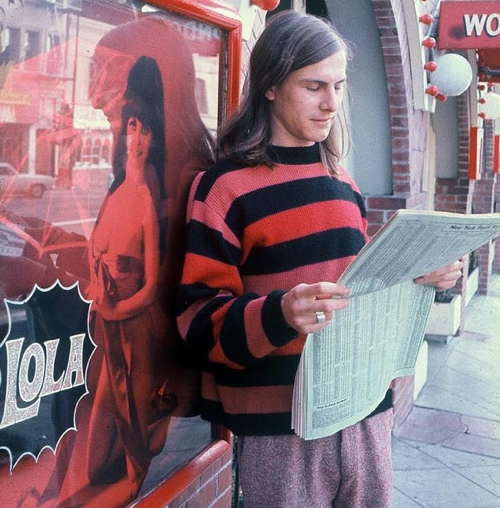
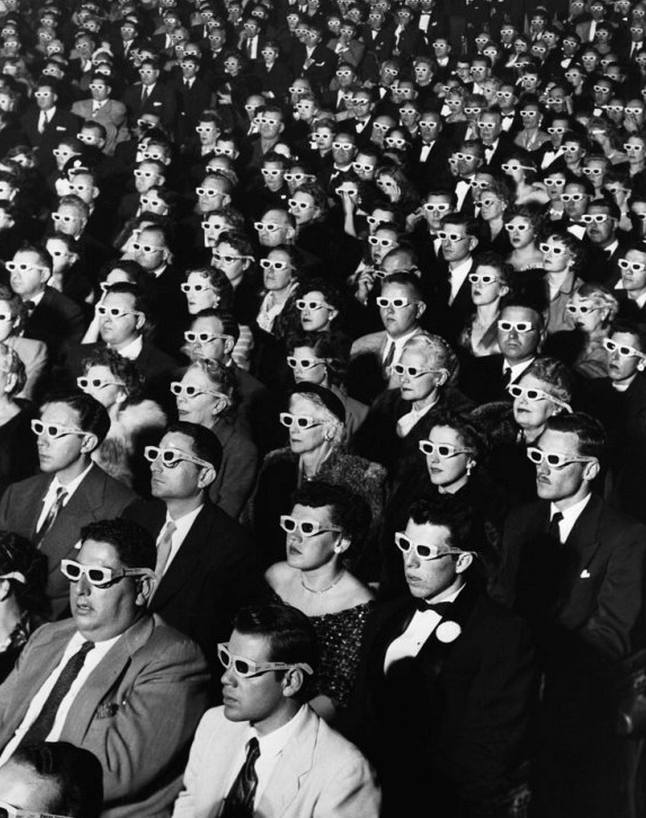






Comments on this entry are closed.
It’s not the tool, but rather the person that wields it.
Given nothing but a pencil and a pad of paper I can be busy indefinitely.
I told my wife that if I ever have a disease that will immobilize me and take my life that she should sit me on the porch with pencil and paper and I will sketch everything I can see in great detail and after I’m gone she should turn it into a book titled, “Dead Man Drawing”.
How many “modern” artists understand a color wheel?
Understand a color wheel? Few if any. For most…
“This wheel’s on fire
Rolling down the road
Best notify my next of kin
This wheel shall explode!”
I prefer the linear color model used by Leonardo da Vinci to the wheels designed by Newton, Goethe and Munsell (by extension his design is a model more than a wheel).
The author, a “lowly illustrator,” says exactly the truth when he identifies the artist’s beliefs as superior to his tools. Art is not paint – it’s love.
But, the obverse of this coin is to denigrate an elemental thing of art, which is color, in the same manner one would denigrate intellect, as in anti-intellectualism. I mean, using an abacus instead of an Apple iPhone has its cache; I still get a kick out of handling an oil-filled Suunto compass. But, let’s not lionize ignorance because we are, well, ignorant, of a tool. The bow and arrow is fun and visceral, but the firearm is also an extension of the hunter’s beliefs, if he embraces the use of it. Hunting is the human mind over the phenomenal beastial mind, but the gun is also integrated into the whole. It extends your arm; it engages a holistic part of the hunter. Color is that way for the artist. I don’t brag that I suck at wax, ceramics and clay; instead I consider the possibilities.
Fuck it. Pass me the brown…
Who says those ancients lacked “light” to paint in underground tombs? There are several hieroglyphs showing very interesting light-bulb-like objects used in ancient times!
Ancient does not mean stupid!
I am not impressed with Egypt, but yes, a limited palette is not as bad as it may seem. It imposes a kind of order in itself.
Speaking of a limited palette, is 3 colors limited?
My understanding, er, my memory from art school so many decades ago, was that, starting with a white background and 3 colors of pigment, blue, red, and yellow, an experienced colorist could make all the hues of a million rainbows and more. The palette is unlimited.
Just guessing, mind you, cause I’m not a professional colorist (I just know what looks good to me), but if any of those 3 was eliminated, or the background was any color other than white, the entire effect would be sort of monotone, or perhaps, duotone. Where’s the professor?
Hi, Ghostie. The Tonalists will limit their palettes to consist of neutrals, browns and grays, and use 1 hue, such as a weak cobalt blue, and then add only one hue with it, which is analogous (close to cobalt blue on the color wheel), such as phthalo green. It is a very sleepy color system, but certainly strict and limited.
If mixing from the three primaries, you’ll get anything, but not what is called a limited palette.